Bibliografía
La principales referencias bibliográficas utilizadas para el desarrollo del presente de proyecto han sido:
Aguín O, Montenegro D, Sainz MJ, Hermida M, Mansilla JP (2008). Caracterización morfológica y molecular de las poblaciones de Cryphonectria parasitica en castaños de Galicia. Boletín de Sanidad Vegetal de Plagas, 34, 581-594.
Allemann C, Hoegger P, Heiniger U, Rigling D (1999). Genetic variation of Cryphonectria hypoviruses (CHV1) in Europe, assessed using restriction fragment length polymorphism (RFLP) markers. Molecular Ecology, 8, 843-854.
Baker KF & Chandler PA (1957). Development and maintenance of healthy planting stock. In: The UC system for producing healthy container-grown plants, ed. K.F. Baker. University of California, Division of Agricultural Sciences, Section 13, pp. 217-236.
Castaño C, Bassie L, Oliach D, Gómez M, Medina V, Liu B, Colinas C (2015). Cryphonectria hypovirus 1 (CHV-1) survey reveals low occurrence and diversity of subtypes in NE Spain. Forest Pathology, 45, 51-59.
Ciordia M., García JC, Loureiro MD 2020. Hot Water Treatment: an effective method for disinfecting Castanea sativa Mill. dormant scions against Dryocosmus kuriphilus Yasumatsu. Pest Management Science, 76: 1944-1948. DOI:10.1002/ps.5727
Colinas C, Rojo M, Argemí J, Heras J, Castaño C, Rotllan X, Gómez M, Gilarte S, Ustrell E, Sarri H (2009). El control biológico del chancro del castaño en Cataluña. 5º Congreso Forestal Español. Septiembre 2009. Ávila.
De Frutos, P., Rodríguez-Prado, B., Latorre, J., & Martínez-Peña, F. (2019). Environmental valuation and management of wild edible mushroom picking in Spain. Forest Policy and Economics, 100, 177-187.
Dennert, F.; Broggini, G.; Gessler, C. & Storari, M. 2015. Gnomoniopsis castanea is the main agent of chestnut nut rot in Switzerland. Phytopathologia Mediterranea, Firenze University Press, 2015, 54.
Elorrieta J (1949). El castaño en España. Ministerio de Agricultura. Madrid, 319 pp.
Epstein E. (2009). Silicon: Its manifold roles in plants. The Annals of Applied Biology, 155: 155–160.
González-Varela G (2009). El chancro del castaño en el Principado de Asturias. Incidencia, epidemiología y control. Tesis doctoral. Escuela Superior y Técnica de Ingeniería Agraria ESTIA. Universidad de León.
González-Varela G, González AJ, Milgroom MG (2011). Clonal population structure and introductions of the chestnut blight fungus, Cryphonectria parasitica, in Asturias, Northern Spain. European Journal of Plant Pathology, 131, 67-79.
Hack H., Bleiholder H., Buhr L., Meier U., Schnock-Fricke U., Weber E., Witzenberger A. (1992). A uniform code for phenological growth stages of mono-and dicotyledonöus plants. Extended BBCH scale, general. Nachrichtenbl. Deut. Pflanzenschutzd., 44 (12), S. 265-270, ISSN 0027-7479
Heiniger U. y Rigling D. (1994). Biological control of chestnut blight in Europe. Annual Review of Phytopathology, 32, 581-599.
Homs G, Rodríguez J, Rigling D, Colinas C (2001). Caracterización de la población de Cryphonectria parasitica y detección de cepas hipovirulentas en 3 subpoblaciones de Cataluña. En: Montes Para la Sociedad del Nuevo Milenio. III Congreso Forestal Español. Ed. Junta de Andalucía. Granada, España.
Lione G, Giordano L, Sillo F, Gonthier P (2015). Testing and modelling the effects of climate on the incidence of the emergent nut rot agent of chestnut Gnomoniopsis castanea. Plant Pathology 64: 852–863. Doi: 10.1111/ppa.12319
Lione, G.; Danti, R.; Fernandez-Conradi, P.; Ferreira-Cardoso, J. V.; Lefort, F.; Marques, G.; Meyer, J. B.; Prospero, S.; Radocz, L.; Robin, C.; Turchetti, T.; Vettraino, A. M. & Gonthier, P. 2019. The emerging pathogen of chestnut Gnomoniopsis castaneae: the challenge posed by a versatile fungus. European Journal Of Plant Pathology, 153, 671-685.
Liu, Y. C.; Milgroom, M. G., (1996). Correlation between hypovirus transmission and the number of vegetative incompatibility (vic) genes different among isolates from a natural population of Cryphonectria parasitica. Phytopathology 86, 79–86.
Mattioni, C. Martin, MA. ; Chiocchini, F. ; Cherubini, M. ; Gaudet, M.; Pollegioni, P.; Velichkov, I. ; Jarman, R. ; Chambers, FM.; Paule, L.; V. Damian. ; Crainic, GC; Villani, F. (2017). Landscape genetics structure of European sweet chestnut (Castanea sativa Mill): indications for conservation priorities. Tree Genetics &Genomes 13:39-
Marra RE, Milgroom MG (2001). The mating system of the fungus Cryphonectria parasitica: selfing and self-incompatibility. Heredity 86, 134-143.
Meyer JB, Chalmandrier L, Fässler F, Schefer C, Rigling D, Prospero S (2019). Role of Fresh Dead Wood in the Epidemiology and the Biological Control of the Chestnut Blight Fungus. Plant Dis. 103:430-438. https://doi.org/10.1094/PDIS-05-18-0796-RE.
Míguez-Soto B., Martínez Chamorro E. y Fernández-López J. (2016). Tolerancia a la avispa del castaño (Dryocosmus kuriphilus) en variedades tradicionales de fruto e híbridos interespecíficos. Eds. Xunta de Galicia, Consellería del Medio Rural, Centro de Investigación Forestal de Lourizán (Agacal). 12 pp.
Montenegro D, Aguín O, Sainz M J, Hermida M, Mansilla JP (2008). Diversity of vegetative compatibility types, distribution of mating types and occurrence of hypovirulence of Cryphonectria parasitica in chestnut stands in NW Spain. Forest Ecology and Management, 256, 973-980.
Nugnes F., Gualtieri L., Bonsignore CP, Parillo R., Annarumma R., Griffo R., Bernardo U. (2018). Resistance of a Local Ecotype of Castanea sativa to Dryocosmus kuriphilus (Hymenoptera: Cynipidae) in Southern Italy. Forests 9: 94; doi:10.3390/f9020094
Muñoz-Adalia, E.J.; Meijer, A.; Abel, J.; Colinas, C.; Aletà, N.; Guàrdia, M. (2021). Evaluation of Chestnut Susceptibility to Cryphonectria parasitica:Screening under Controlled Conditions. Agriculture, 11: 1158. https://doi.org/10.3390/agriculture11111158. Q1 Agricultura
Pereira-Lorenzo, S., Costa, R.M.L., Ramos-Cabrer, A.M., Ciordia-Ara, M., Marques Ribeiro C. A., Borges, O., Barreneche, T. (2011). Chestnut cultivar diversification process in the Iberian Peninsula, Canary Islands, and Azores. Genome, 54(4): 301-315.
Pereira-Lorenzo S., Lourenço Costa R.M., Ramos-Cabrer AM, Marques Ribeiro CA, Serra da Silva M., Manzano G., Barreneche T. (2010). Variation in grafted European chestnut and hybrids by microsatellites reveals two main origins in the Iberian Peninsula. Tree, Genetics & Genomes 6:701–715 DOI 10.1007/s11295-010-0285-y
Pérez-Giróna, J.C; Álvarez-Álvarez, P.; Díaz-Varelab, R.; Mendes Lopesc D. (2020). Influence of climate variations on primary production indicators and on the resilience of forest ecosystems in a future scenario of climate change: Application to sweet chestnut agroforestry systems in the Iberian Peninsula. Ecological Indicators:113-123.
Phillips N., de la Roca M. (2003). Empleo de una capa protectora de partículas como métodos de control físico de la mosca del olivo (Bractocera oleae) y generación carpófaga de prays (P. oleae) en el olivar tradicional. www.expoliva.com/expoliva2003
Prospero S, Conedera M, Heiniger U, Rigling D (2006). Saprophytic activity and sporulation of Cryphonectria parasitica on dead chestnut wood in forests with naturally established hypovirulence. Phytopathology 1337–1344.
Prospero S. y Rigling D. (2013). Chestnut Blight. In: Gonthier, P., Nicolotti, G., editors. Infectious Forest Disease: CAB Internacional, 318-339.
Robbins, N. y Griffin, G.J. (1999). Spread of white hypovirulent strains of Cryphonectria parasitica on grafted chestnut trees exhibiting a high level of blight control. Eur. J. Forest Pathology, 29, 51-64.
Romero A., Martí E., Tous J. (2006). Aplicación del caolín como tratamiento contra la mosca en el cultivo ecológico del olivo en distintas zonas de Cataluña. Generalitat de Cataluña. Consejería de Agricultura y Ganadería
Ruocco M, Lanzuise S, Lombardi N, Varlese R, Aliberti A, Carpenito S, Woo SL, Scala F, Lorito M (2016) New tools to improve the shelf life of chestnut fruit during storage. Acta Hortic. 1144. ISHS 2016. DOI 10.17660/ActaHortic.2016.1144.46
Seddaiu, S., Cerboneschi, A., Sechi, C., & Mello, A.G. (2017). Gnomoniopsis castaneae associated with Dryocosmus kuriphilus galls in chestnut stands in Sardinia (Italy). Iforest – Biogeosciences and Forestry, 10, 440-445.
Serrano N., Ruíz N. (2008). Influencia del caolín para el control del estrés hídrico en olivar. Informe científico-técnico.https://www.juntadeandalucia.es/agriculturaypesca/ifapa/servifapa/registro-servifapa/893d7ed3-aedb-4623-ae64-d6e52e23f073
Soto B., Martínez E., Fernández J. (2018). Tolerancia a la avispa del castaño (Dryocosmus kuriphilus) en variedades tradicionales de fruto e híbridos interespecíficos. Xunta de Galicia, Conselleria de Medio Rural, Centro de Investigación Forestal de Lourizán
Shuttleworth, L. A. & Guest, D. I. (2017). The infection process of chestnut rot, an important disease caused by Gnomoniopsis smithogilvyi (Gnomoniaceae, Diaporthales) in Oceania and Europe. Australasian Plant Pathology, 46, 397-405.
Martin, D. (2016). A–TEEBA F-Agroforestry: an attractive REDD+ policy option?
Trapiello E, Rigling D, González AJ (2017). Occurrence of hypovirus-infected Cryphonectria parasitica isolates in northern Spain: an encouraging situation for biological control of chestnut blight in Asturian forests. Eur J Plant Pathol. Vol 149 (2), 503-514. doi:10.1007/s10658-017-1199-4.
Trapiello E, Feito I, González AJ (2018). First Report of Gnomoniopsis castanea causing canker on hybrid plants of Castanea sativa × C. crenata in Spain. Plant Dis. 102 – 5, pp. 1040
Trapiello E, Feito I, González AJ (2018). First Report of Gnomoniopsis castanea causing canker on hybrid plants of Castanea sativa × C. crenata in Spain. Plant Dis. 102 – 5, pp. 1040.
Trestic T, Uscuplic M, Colinas C, Rolland G, Giraud A, Robin C (2001). Vegetative compatibility type diversity of Cryphonectria parasitica populations in Bosnia-Herzegovina, Spain and France. For. Snow Landsc. Res. 76 (3), 391-396.
Turco, S.; Bastianelli, G.; Morales-Rodriguez, C.; Vannini, A. & Mazzaglia, A. (2021). Development of a TaqMan qPCR assay for the detection and quantification of Gnomoniopsis castaneae in chestnut tissues. Forest Pathology, 2021, 51.
Vettraino, A. M; Luchi, N.; Rizzo, D.; Pepori, A. L.; Pecori, F. & Santini, A. (2021). Rapid diagnostics for Gnomoniopsis smithogilvyi (syn. Gnomoniopsis castaneae) in chestnut nuts: new challenges by using LAMP and real-time PCR methods. AMB Express, 2021, 11.
Visentin I, Gentile S, Valentino D, Gonthier P, Tamietti G, Cardinale F. (2012). Gnomoniopsis castanea sp. nov. (Gnomoniaceae, Diaporthales) as the causal agent of nut rot in sweet chestnut. Journal of Plant Pathology 94: 411–419
Waite H. (2007). Hot Water Treatment, Trunk Diseases and Other Critical Factors in the Production of High-Quality Grapevine Planting Material. Phytopathologia Mediterranea 46(1):5-17. DOI: 10.14601/Phytopathol_Mediterr-1857.
Warmund MR. (2004). Disinfestation of Dryocosmus kuriphilus Yasumatsu in Castanea Scion wood. Acta Hort. 1019:243–247.
Zamora P, Martín AB, Rigling D, Diez JJ (2012). Diversity of Cryphonectria parasitica in western Spain and identification of hypovirus infected isolates. Forest Pathology, 42, 412-419.
Zamora P. (2015). Control biológico del chancro del castaño mediante el empleo de aislados hipovirulentos del hongo Cryphonectria parasitica (Murrill) Barr. en Castilla y León. Tesis doctoral. Universidad de Valladolid.
Además se han tenido en cuenta las más de 200 intervenciones realizadas en las 11 ediciones de Biocastanea www.biocastanea.es
Financia

El Grupo Operativo Yeswecast para la conservación y recuperación del genoma ancestral del castaño para la producción de fruto mejorando su resiliencia frente al cambio climático y amenazas fitosanitarias.
Comisión Europea:
https://agriculture.ec.europa.eu/common-agricultural-policy/rural-development_es
El grupo operativo GO Yeswecast ha recibido para su proyecto de innovación una subvención de 598.358,35 €. El importe del proyecto es financiado al 80% con fondos procedentes del Fondo Europeo Agrícola de Desarrollo Rural (FEADER) y 20 % por el Ministerio de Agricultura, Pesca y Alimentación, tal como se establece en el Real Decreto 366/2023, de 17 de mayo.
El organismo responsable del contenido es el GO Yeswecast.
La Dirección General de Desarrollo Rural, Innovación y Formación Agroalimentaria (DGDRIFA) es la autoridad de gestión encargada de la aplicación de la ayuda del FEADER y nacional correspondiente.
«Fondo Europeo Agrícola de Desarrollo Rural: Europa invierte en las zonas rurales»
Socios


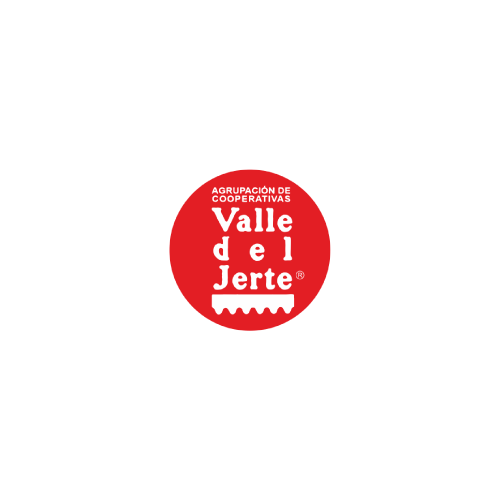

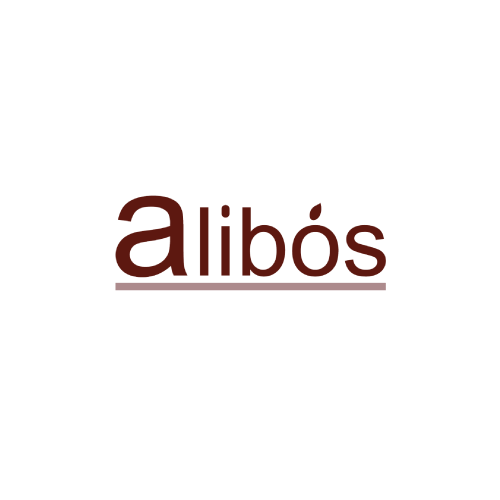
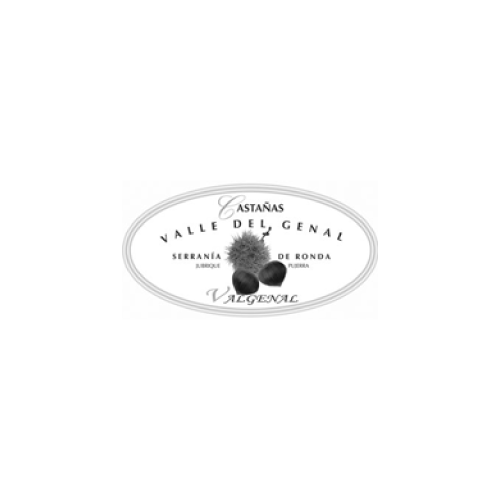
Entidades subcontradas

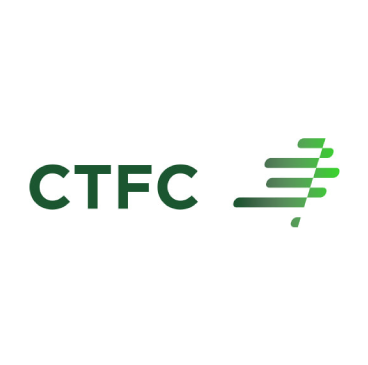
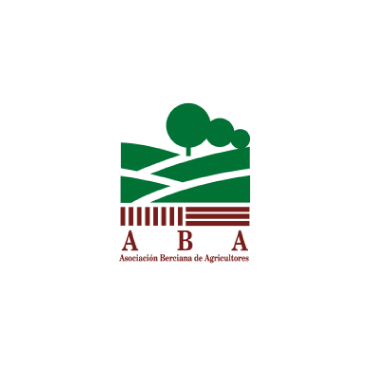
Contacta con nosotros
© 2024 Cesefor. Todos los derechos reservados.

